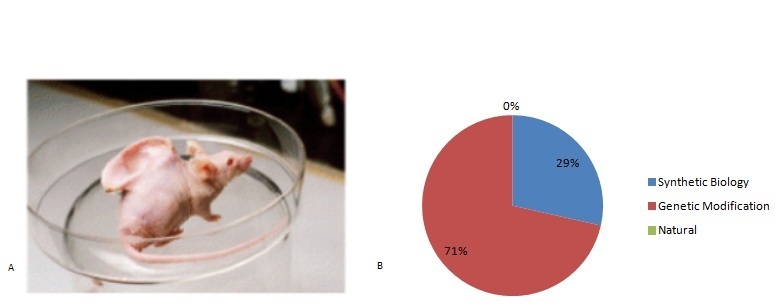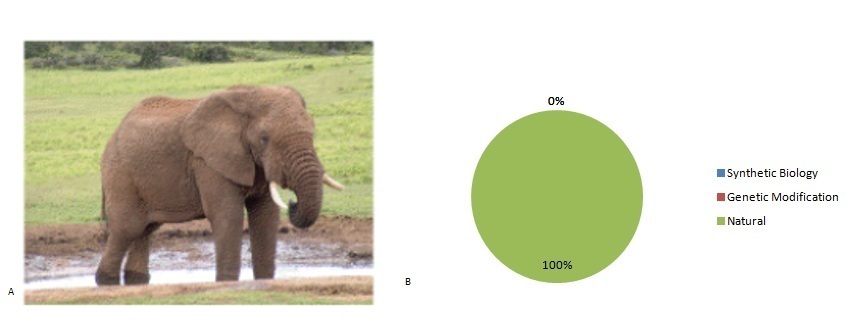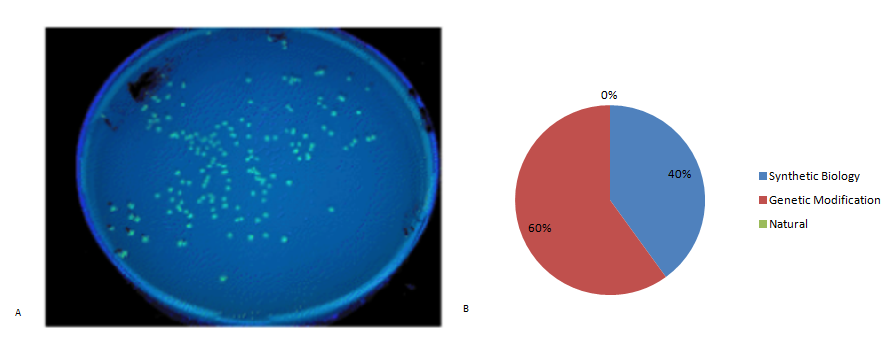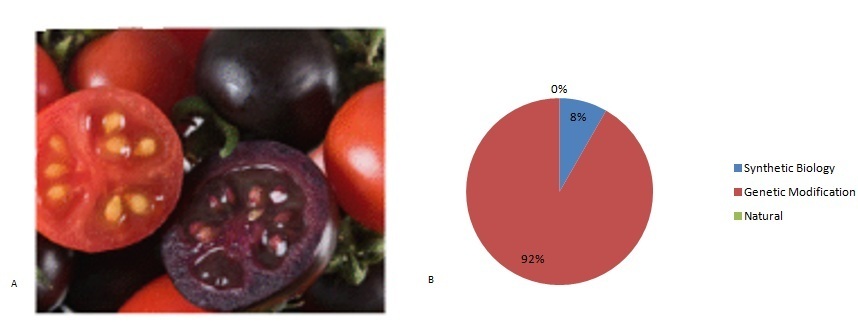Team:UEA-JIC Norwich/Human practices/Interviews
From 2011.igem.org
| Line 22: | Line 22: | ||
|- | |- | ||
| | | | ||
| + | <center> | ||
| + | Quantitative Data: | ||
| + | <br> | ||
| + | <br> | ||
| + | In order to collect quantitative data, we showed participants the following images during each interview and asked them to determine whether they perceived the image as representing synthetic biology, genetic modification, nature or even combinations of all three. | ||
| + | <br> | ||
| + | <br> | ||
| + | Figure 1.A shows a Tricolour Beagle dog, which was selectively bred to give the modern breed. Image B shows that 86% of the people we interviewed perceived the Beagle to be natural. However, 14% concluded it may also be genetically modified in terms of selective breeding, although does not involve the introduction of genes from a different species. | ||
| + | <br> | ||
[[File:Wiki beagle.jpg]] | [[File:Wiki beagle.jpg]] | ||
<br> | <br> | ||
| Line 71: | Line 80: | ||
| - | + | ||
| - | + | ||
| - | + | ||
| - | + | ||
| - | + | ||
| - | + | ||
| - | + | ||
| - | + | ||
| - | + | ||
</center> | </center> | ||
</html> | </html> | ||
Revision as of 19:14, 20 September 2011
|
Quantitative Data:
|
|
|
|
|
|
|
 "
"





















